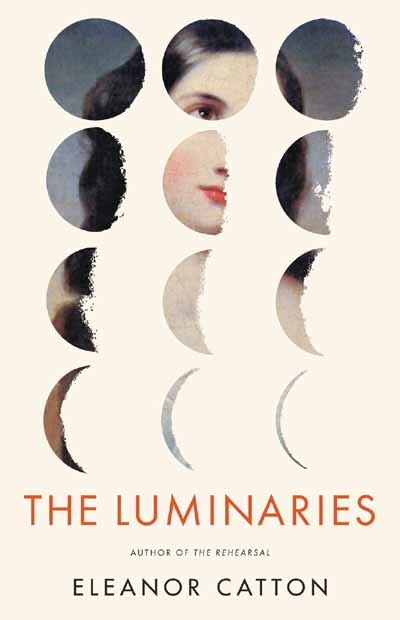Niven Govinden writes beautiful and extremely thoughtful novels often centred around intimate relationships, artistic communities and the creative process. His novel “All the Days and Nights” focused on the life of an ailing female visual artist and his novel “This Brutal House” dynamically depicted the politics of NYC's embattled drag scene. His stories raise compelling and complex questions while capturing the emotional uncertainty flooding through these richly-imagined characters' lives. This is equally true in is new novel “Diary of a Film” which follows a number of days in the life of an unnamed auteur at an Italian film festival as he presents his new movie based on sensitive novel “The Folded Leaf” by William Maxwell. Scenes of chaotic ribaldry and champagne sipping amidst interviews and photo sessions with the press are very much in the background of this surprisingly intimate story of artistic collaboration and friendship.
The auteur (who the other characters refer to as maestro) wanders from the bright lights of the festival and meets an intriguing woman named Cosima in a cafe. He's enthralled by tales of her past and her tragic relationship with a graffiti artist who committed suicide. Not only is the maestro keen to view one of this artist's still-existing murals but he also tracks down a novel she wrote which inspires him to plan out a new film. His conversations with her are interspersed with time spent with his lead actors Lorien and Tom. They play lovers in the film but are also now lovers in real life. Given the men's age difference and the novel's Italian setting it's easy to think of parallels with the film 'Call Me By Your Name'. The comparison with Aciman's work also seems apt because Govinden's narrative similarly revolves around individuals who strike up strong bonds through chance encounters and have extended high-minded conversations about the intricacies of human relationships. However, I find Govinden's style of writing much more engaging.
There's an intriguing tension to the affair between Lorien and Tom as the intensity of their passion for each other which developed on the film set now has to withstand both public scrutiny and upcoming physical separation as they move onto new acting roles. The story presents a counterpoint to this blossoming gay love affair with the maestro's longterm marriage to a male writer. It's poignant the way the maestro contemplates his desire to create films which demand extended periods away from his home versus the deep comfort to be found with the family he's created with his husband and their son. They've found an amicable balance over the years, but this depiction of the maestro's life is another way which Govinden explores what it means to be an artist as a profession. In what way does life inform the work of an artist and in what way does the artistic process prevent the artist from fully living? The maestro feels that he is an “observer in the shadows; watching life but somehow not being part of it”. This sense contributes to larger questions about what sacrifices are needed to be an artist and the question of whether creating a meaningful work of art is worth missing out on life.
Before the maestro took an interest in her writing, Cosima's novel was all but forgotten. Yet she grows to feel very uncertain about the maestro's plan to interpret her writing through film because it's like taking possession of her artistic vision. She comes to bitterly feel that “This is what your precious imagination boils down to: stealing and hoarding.” Such reservations feel surprising at first, but Govinden delicately shows the discomforting way egotism (perhaps necessarily) plays a role in artistic creation. There's also an unsettling way in which gender factors into this especially in the world of film where male directors dominate. It's interesting how the author presents this situation where questions of ownership of art and ideas surrounding the process of inspiration and creation arise from the maestro's earnest intentions.
The novel is comprised of chapters of block text which entirely fill the pages without breaks or quotation marks. Because it's narrated from the maestro's point of view, this gives the sense of being boxed into his thought process. It's not at all difficult to follow the story, but I know this style of writing will create a practical imposition for some readers as we follow the uninterrupted stream of the maestro's experience, feelings and memories. As the novel goes on it felt to me like being fully enveloped into his world and his singular vision of it. However, this is interrupted by the perspective of others such as a comic scene at the beginning where his romantic gazing at a fish market is broken by the sellers and buyers who are frustrated that he's getting in their way. This shows the way he isn't ever able to be fully present as he is so consumed with his own ever-evolving artistic vision and the story intriguingly plays out the consequences of this. It's a distinct and elegantly rendered journey that I found very moving and enjoyable.
























